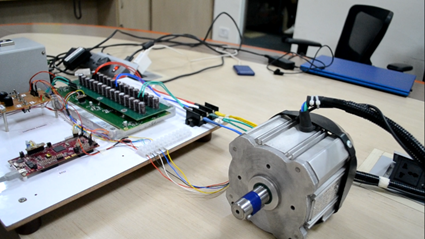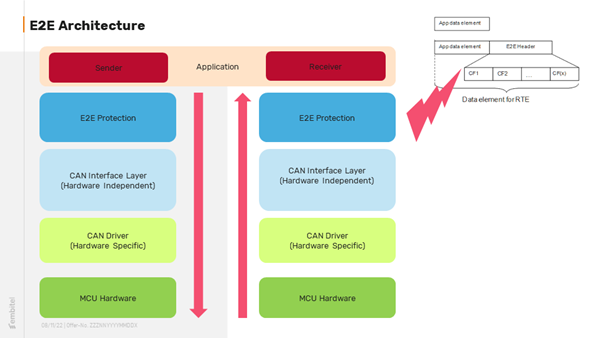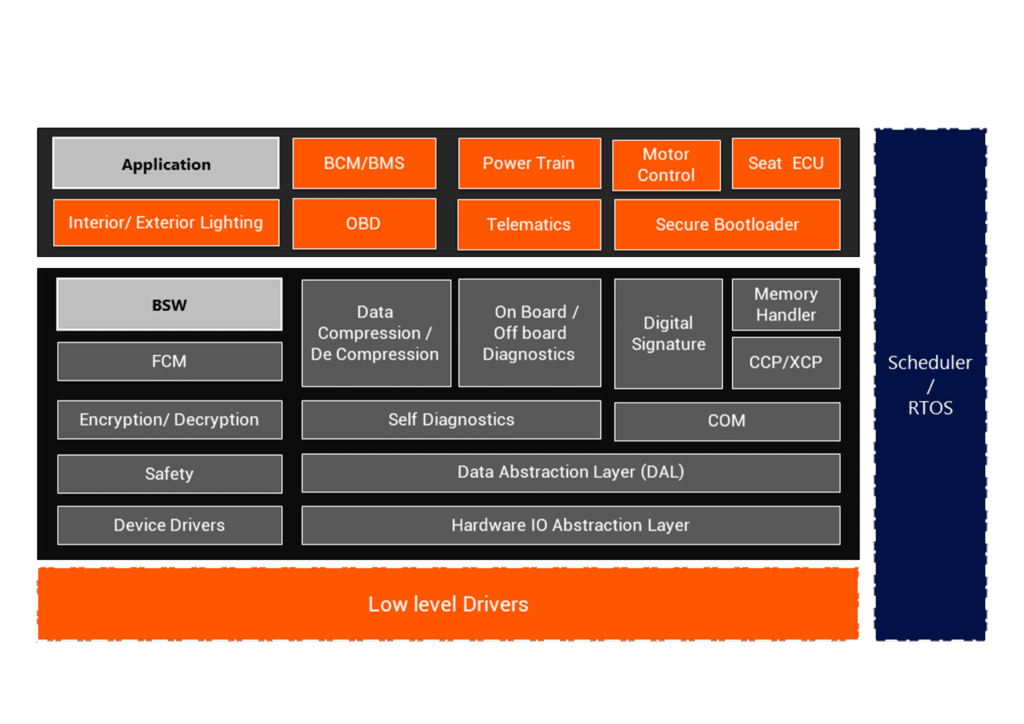Development of ASIL B Compliant Electric Vehicle MCU Platform Software
Category : Others , Product Engineering
About the Customer:
Embitel, a seasoned industry player with over 16+ years of expertise, developed this comprehensive in-house solution for potential tier 1 customers in the Electric Vehicle domain.
This success story revolves around the successful ASIL B compliant EV MCU platform software development undertaken by Embitel.
Business Context:
Our team sought to revolutionize an existing EV system by designing and developing an Electric Vehicle Microcontroller Unit that promised a superior user experience.
We aimed to leverage our extensive know-how in EV MCU applications for electric drivetrains and our flexible, configurable Open Platform for building diverse applications in the EV realm.
Embitel’s Solution:
Embitel’s dedicated team embarked on an in-depth analysis of the EV drivetrain components to conceptualize and develop a flexible and configurable Open Platform to accommodate a wide array of EV applications. The primary feature of the project encompassed:
- Platform software development comprising BSP, communication stack and safety library
- UDS based diagnostics and bootloader
- Software compliant to ISO26262 ASIL B requirements
- PC tool for stack configuration and reprogramming
- ASIL B compliant documentation and verification
Embitel’s Impact:
Driven by Embitel’s relentless pursuit of excellence and adherence to deadlines, the project was completed promptly and within the agreed-upon budget. The timely delivery significantly reduced time-to-market and development costs, bestowing a competitive advantage for potential clients like tier 1 vendors or Automotive OEMS.
Embitel’s approach, combined with a shared vision of creating top-tier EV solutions, laid the foundation for a true success story in the realm of ASIL B compliant EV MCU platform software development.
By leveraging our extensive domain knowledge and advanced technological capabilities, we have been able to retain ourselves as a trusted partner, driving innovation, and delivering transformative results that impact the automotive industry positively.
Tools and Technologies:
The development process was powered by an array of cutting-edge tools and technologies, including but not limited to:
- TI microcontroller and code composer IDE
- Vector CANoe
- XDS 100v2 Debugger
- MATLAB
- Simulink






















